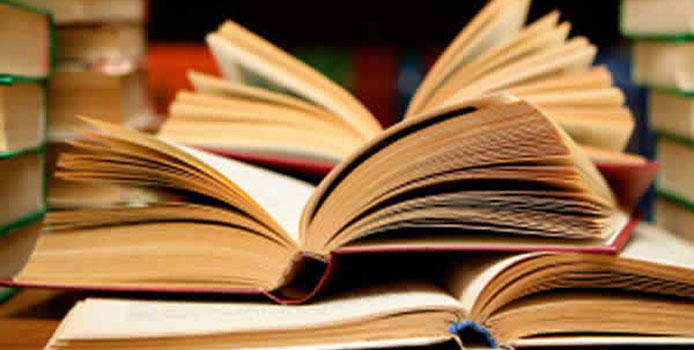History of Cuban literature, from the appearance of “Mirror of Patience” in 1608 to the present day

Literary creation, considered a product and reflection of Cuban society, is framed within spatial coordinates that revolve around the island’s context; however, it also includes authors and works conceived through emigration, a social phenomenon that has had a continuing impact on the country since its origins and throughout the various political processes that have shaped its history, particularly among intellectuals and artists.
The period of time during which literature has existed in the country, or at least written down and preserved for posterity, begins in 1608 with the appearance of the work “Mirror of Patience” by the Canary Islander Silvestre de Balboa; however, its antecedents date back to the oral tradition of the popular poetry of the aboriginal tribes, expressed in the areitos (songs of the “areitos”), where word and sound were endowed with a thaumaturgical character associated with the dawn of poetry and art in general.
Spanish influence was established through the peninsular immigration that marked the process of conquest and the development of the colony, and through the influence of the metropolis’s literature among the Creoles who cultivated literature. Slavery and the forced arrival of thousands of Black Africans would bring with it another cultural universe that would be, and still is, reflected in the literary sphere; the so-called transculturation, a great amalgamation of tropes and traditions, is at the genesis and development of our literature.
Literary production has been closely linked to the independence and revolutionary struggles, and to the sensorial, conceptual, and emotional exploration of nationality and the search for identity in the context of disparate influences. The dialogue between the indigenous and the ecumenical has also been present, and many of our writers have made history in Latin American and world literature, such as José Lezama Lima, Alejo Carpentier, José Martí, and Nicolás Guillén, to name just a few.








